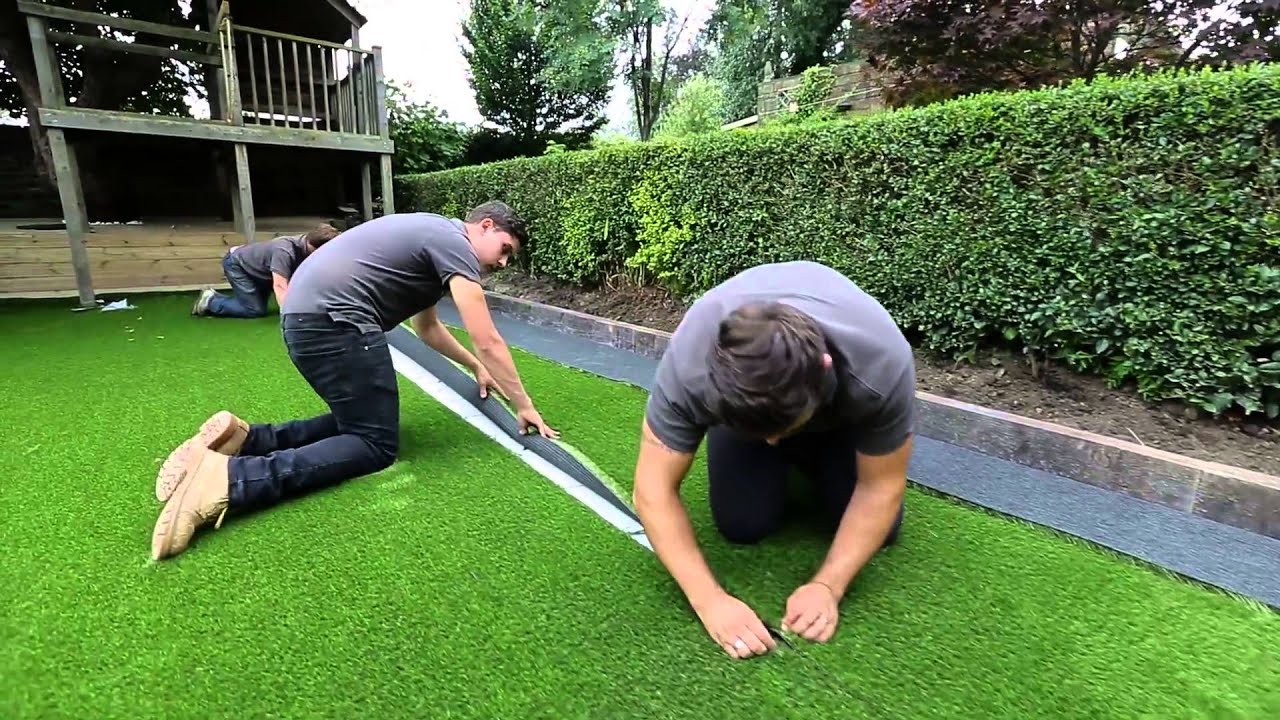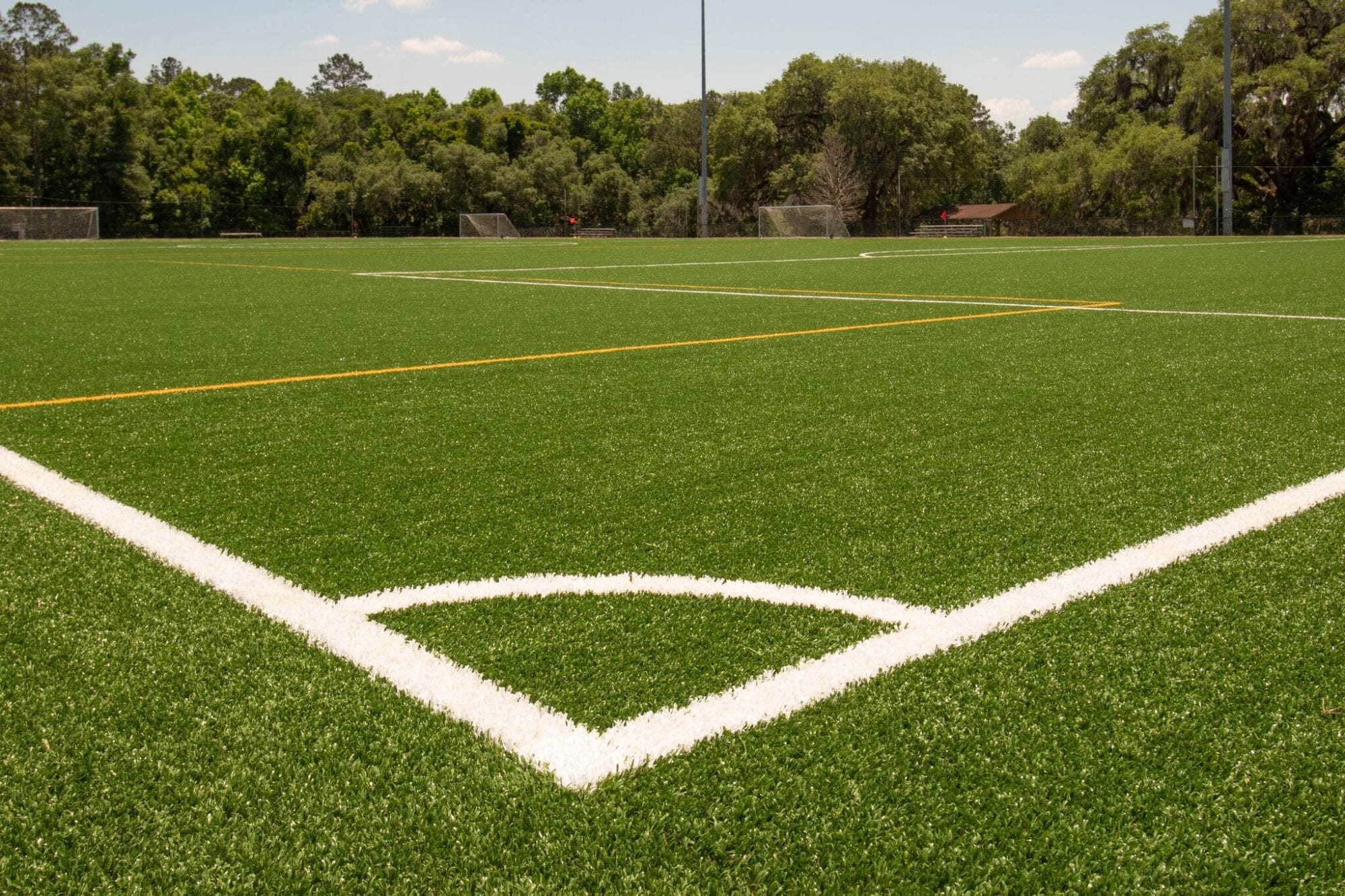Custom Turf Installation Phoenix AZ for Homes, Businesses, and Play Areas
Custom Turf Installation Phoenix AZ for Homes, Businesses, and Play Areas
Blog Article
See Why Homeowners Prefer Synthetic Grass for Sustainable Landscaping Practices
As house owners increasingly focus on sustainability in landscape design, synthetic grass has actually become an engaging option to conventional yard. Its capability to conserve water, lower upkeep efforts, and decrease environmental impact placements it as a sensible option for those seeking environmentally friendly options. Additionally, the aesthetic allure and adaptability of synthetic grass deal with varied design choices. The effects of this change prolong beyond mere convenience and aesthetic appeals, triggering a better examination of just how these selections affect more comprehensive environmental end results. What remains to be checked out is the full extent of advantages that fabricated grass can offer to home owners and the atmosphere alike.
Water Conservation Benefits
One of the most considerable benefits of artificial grass is its duty in water preservation. In contrast, man-made lawn removes this demand entirely, as it does not require irrigation.
In addition, the installment of synthetic grass can add to a more sustainable landscape. House owners can dramatically decrease their water expenses, permitting reallocation of resources to other environmental campaigns or household usages. Additionally, fabricated grass is made to hold up against various weather problems without the requirement for supplementary watering, making it a suitable option for areas dealing with water deficiency.
The environmental benefits prolong beyond instant water cost savings. By reducing water intake, man-made lawn assists to mitigate the impacts of climate adjustment, preserving vital environments that are intimidated by too much water removal. As sustainable landscape design techniques obtain grip, man-made lawn arises as a liable choice for home owners looking for to develop green outdoor areas.
Minimized Upkeep Initiatives
Synthetic grass dramatically decreases maintenance efforts compared to traditional yard lawns. With synthetic turf, homeowners can remove the lengthy jobs linked with all-natural landscape design, such as mowing, fertilizing, and weeding. This not just conserves important time however likewise reduces physical labor, making yard treatment available for people of any ages.
One of one of the most noteworthy benefits is the absence of normal mowing. Traditional lawns call for frequent trimming to keep a cosmetically pleasing height, whereas man-made turf continues to be constantly lavish without the need for cutting. Additionally, homeowners no longer need to use pesticides or plant foods, which are usually required to keep all-natural turf healthy. This shift not only lightens the work however also promotes a neater, extra consistent appearance year-round.
Moreover, synthetic grass is resilient and resistant, calling for very little maintenance beyond periodic cleaning and washing to get rid of debris. This convenience of upkeep permits house owners to appreciate their outside spaces without the consistent fear of maintenance, offering even more time for recreation and family activities. Inevitably, the reduced maintenance efforts connected with fabricated lawn make it an attractive alternative for those looking for a low-maintenance, visually appealing landscape.

Ecological Impact Decrease
There is a growing recognition of the ecological benefits associated with artificial lawn, specifically in terms of water preservation and reduced chemical usage. Conventional yards need substantial amounts of water, especially in drought-prone areas, causing raised strain on neighborhood water sources. In contrast, synthetic grass gets rid of the demand for watering, dramatically minimizing water consumption and promoting sustainability.
Furthermore, standard yard upkeep frequently includes the application of chemicals, herbicides, and fertilizers, which can add to dirt and water contamination. Artificial lawn mitigates this environmental risk by calling for minimal maintenance and essentially eliminating the need for hazardous chemicals. This not just improves dirt health and wellness however also shields regional communities from harmful runoff.
Moreover, the production of natural lawn lawns normally includes using nonrenewable fuel sources for cutting and landscaping tools, more adding to greenhouse gas emissions. By selecting synthetic grass, home owners can dramatically reduce their carbon impact associated with yard care tasks.
Visual Appeal and Adaptability
Along with its ecological benefits, man-made turf supplies significant aesthetic appeal and versatility for landscape design. Homeowners can achieve a lavish, eco-friendly appearance year-round, eliminating the seasonal fluctuations frequently related to all-natural grass. This constant go to my site visual not just boosts the visual allure of a residential or commercial property however likewise contributes to a well-maintained and polished look.
Additionally, synthetic grass is readily available in a variety of styles, textures, and colors, enabling for customization to fit private choices and style motifs - Arizona turf. Whether used in residential yards, commercial areas, or recreational locations, it can seamlessly incorporate right into varied landscaping layouts, from contemporary minimal to rich exotic setups
The versatility of synthetic grass prolongs beyond mere appearance; it can be mounted in various locations, including roofs, outdoor patios, and even interior spaces, creating possibilities for one-of-a-kind landscaping remedies. Furthermore, it appropriates for a series of tasks, from youngsters's backyard to pet-friendly environments, offering functionality without jeopardizing design.
Eventually, the aesthetic allure and versatility of fabricated turf make it an appealing option for home owners looking for sustainable landscaping remedies that do not compromise elegance for ecological obligation.

Long-Term Expense Savings
Among the most engaging advantages of synthetic grass is its potential for long-lasting price financial savings. Unlike all-natural lawn, which needs normal upkeep-- including mowing, watering, fertilizing, and bug control-- artificial More Help lawn significantly decreases these continuous costs. House owners can conserve a considerable amount on water bills, particularly in regions where water deficiency is a pressing issue. The elimination of grass care solutions additionally contributes to economic cost savings, as there is no need for customized equipment or labor.
Furthermore, synthetic grass has a life-span of 15 to 25 years, relying on its high quality and use. This sturdiness minimizes substitute expenses, making it a much more economical choice in the future. Moreover, the initial financial investment in synthetic grass can usually be redeemed through the savings accumulated with time.
While the in advance price might seem higher contrasted to turf installation, the cumulative cost savings from reduced maintenance and water use frequently outweigh these preliminary expenses. Inevitably, the fostering of synthetic grass not just advertises a sustainable landscaping remedy yet likewise provides homeowners an economically smart choice that lines up with long-lasting budgeting objectives.
Final Thought
Artificial lawn emerges as a compelling choice for sustainable landscaping, supplying considerable advantages in water preservation, minimized upkeep efforts, and reduced ecological influence. Its aesthetic charm and convenience boost the aesthetic landscape while aligning with modern sustainability goals. Long-lasting cost financial savings add to its beauty for house owners. As areas significantly prioritize environmentally friendly methods, the fostering of synthetic turf represents a dynamic step towards achieving durable and sustainable landscapes.
Furthermore, synthetic turf is designed to withstand numerous weather conditions without the requirement for supplementary watering, making it an ideal selection for regions dealing with water shortage. (Arizona artificial turf)

Synthetic grass emerges as an engaging alternative for lasting landscape next page design, supplying substantial advantages in water conservation, lowered maintenance efforts, and reduced environmental influence.
Report this page